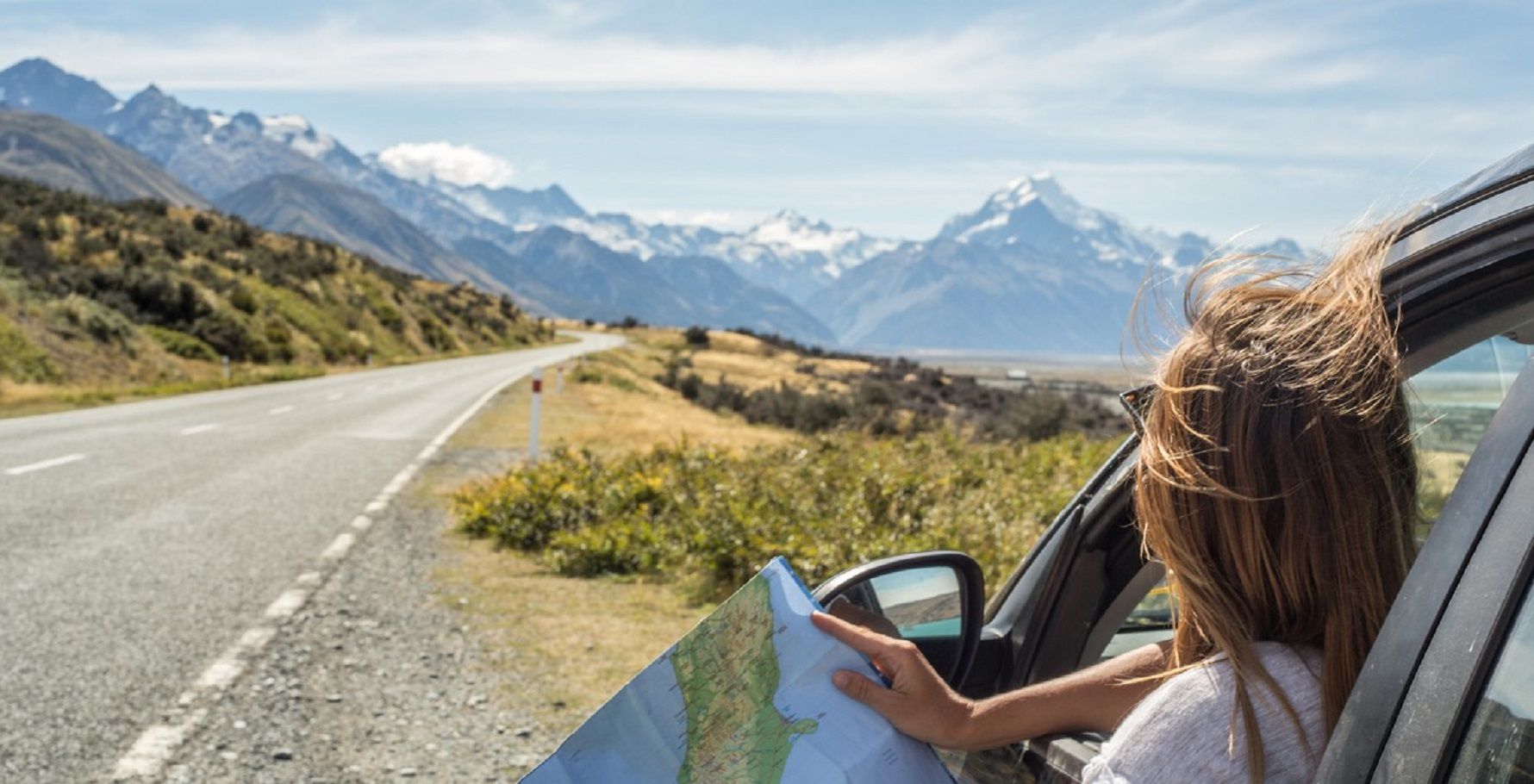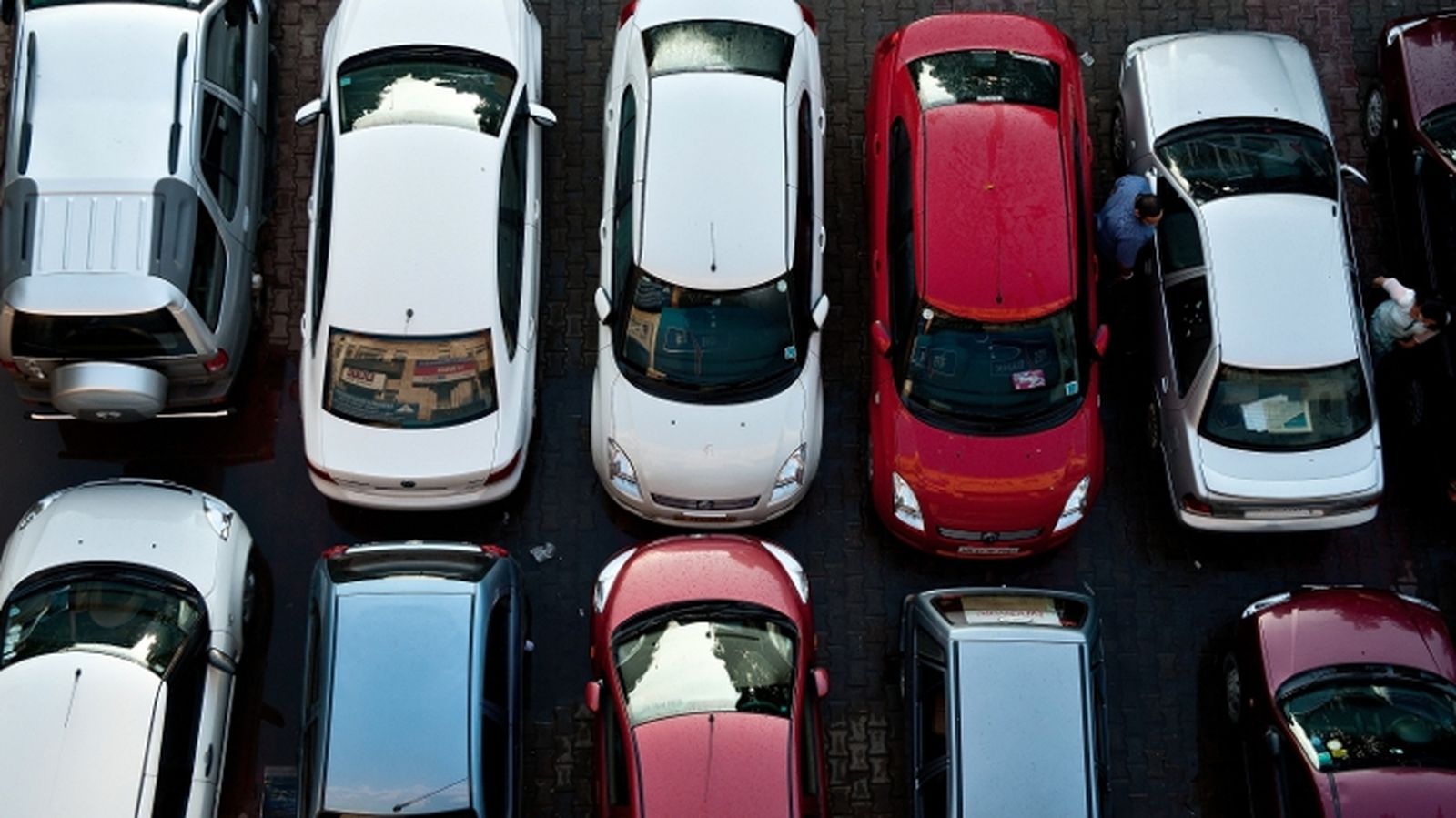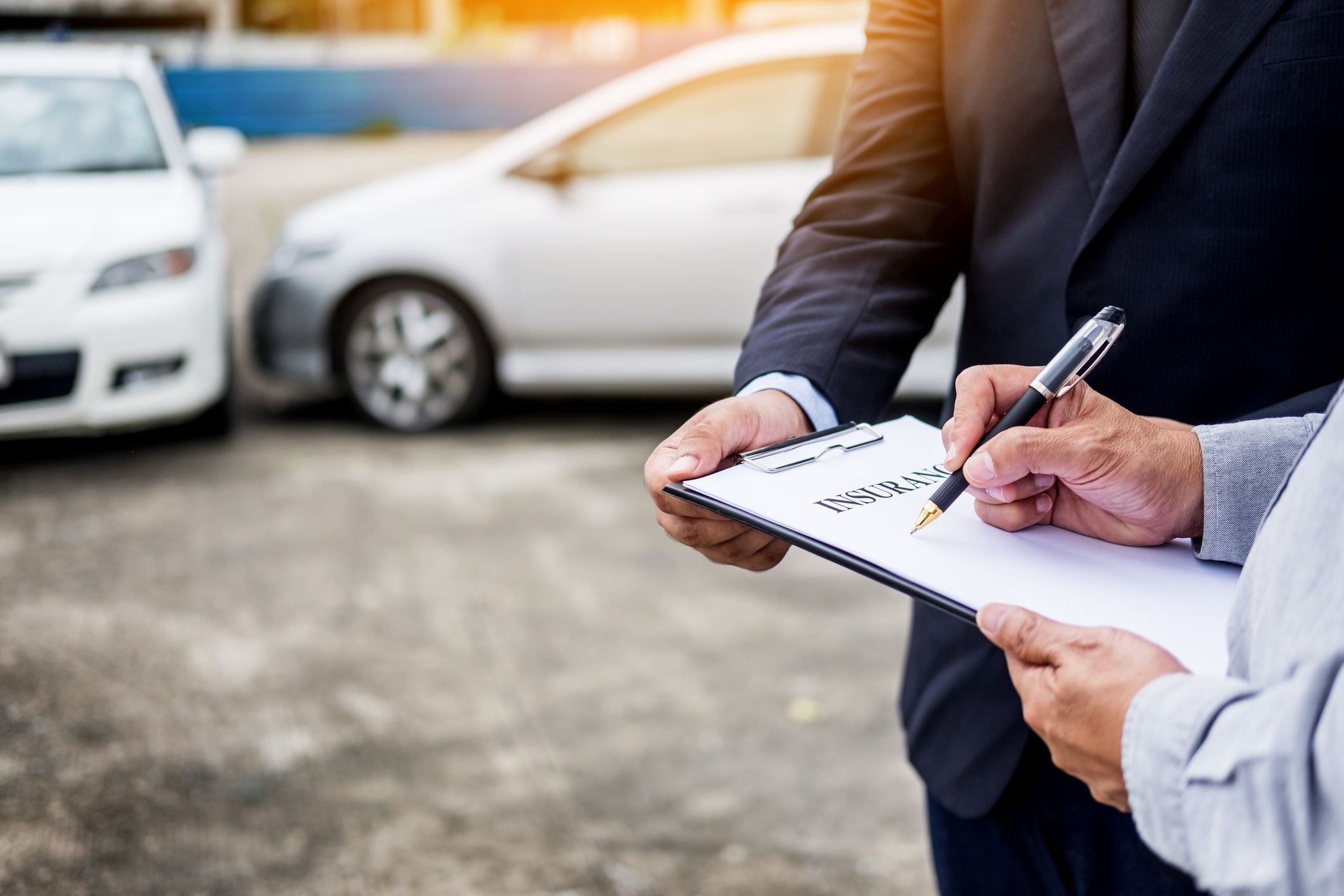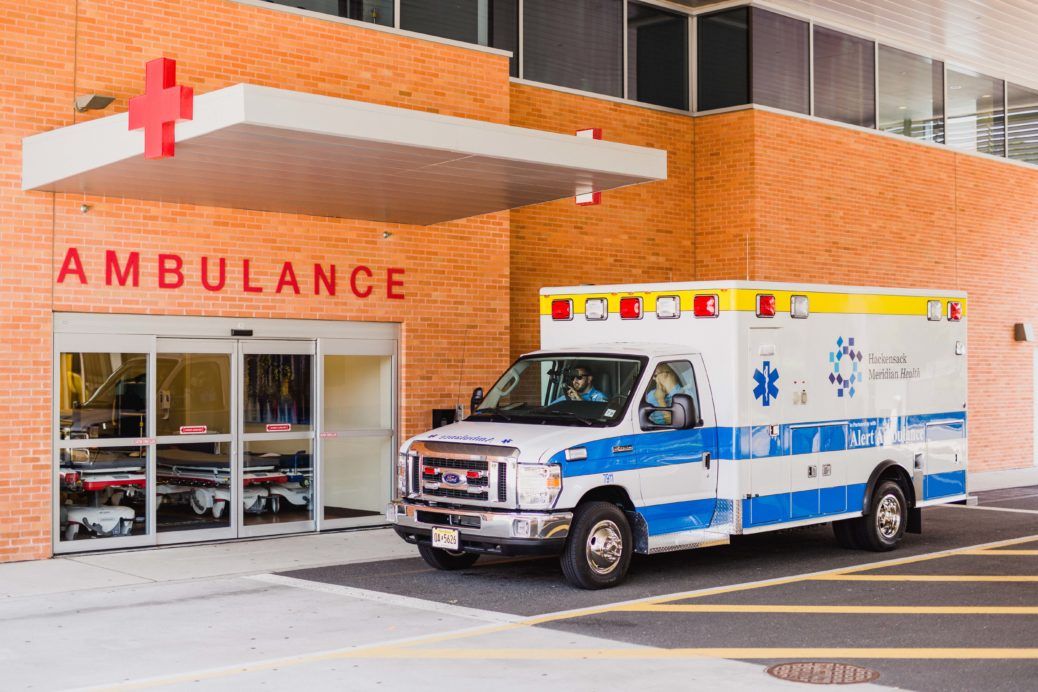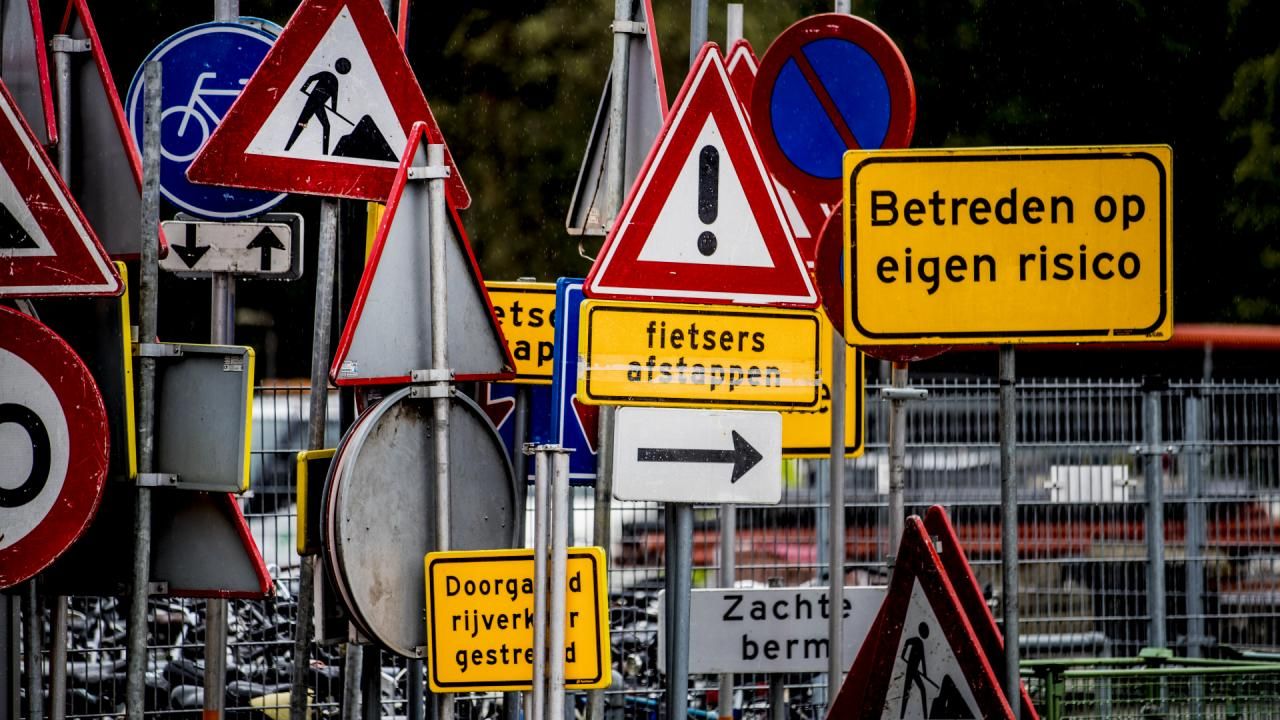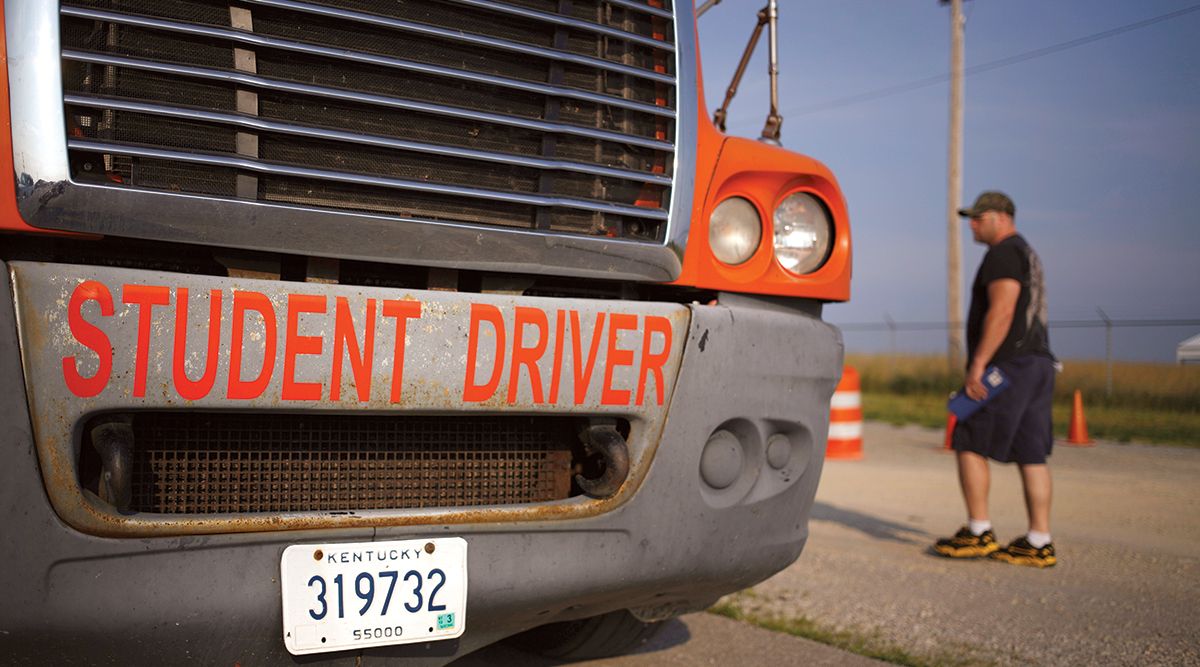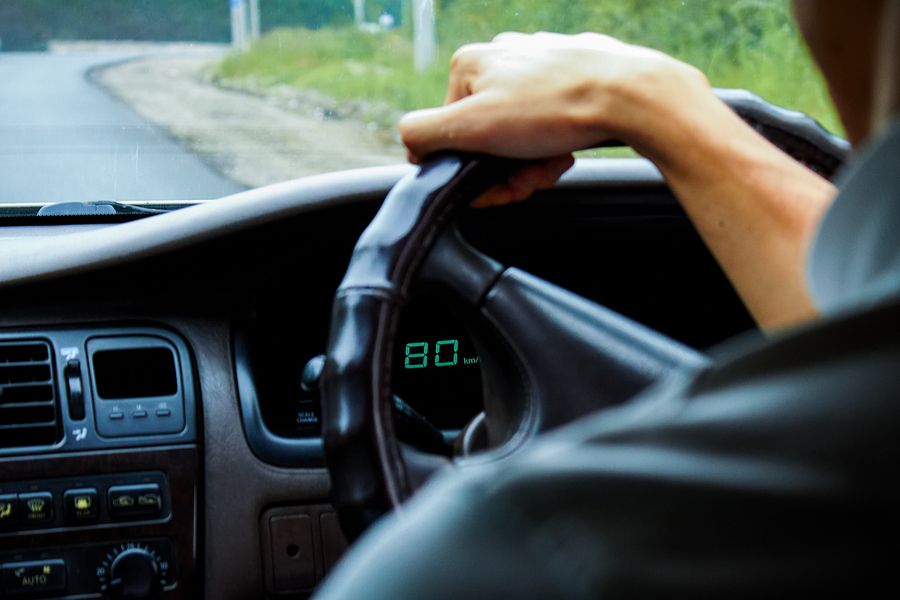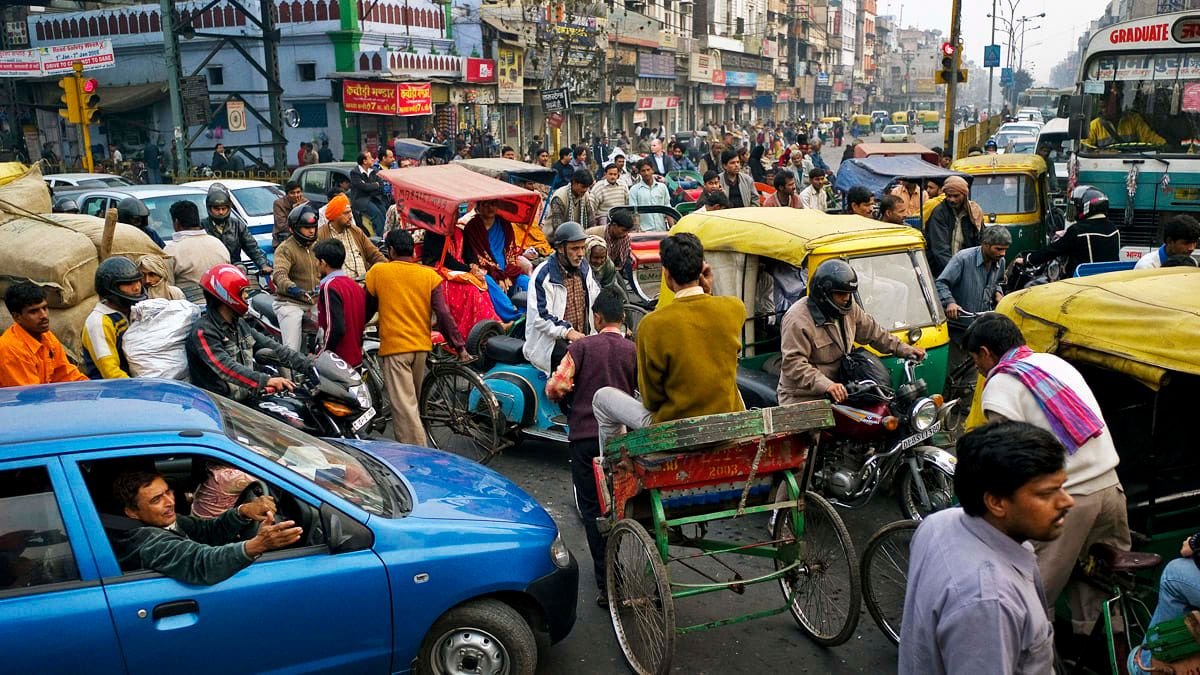Whether you’re going abroad for a relaxing vacation or a business trip, you could run into the problem of driving. With the right research, driving abroad can present you with an opportunity to save both money and time on your travels.
However, each country has very different rules when it comes to hitting the road. A great example is the whole opposite-side-of-the-road issue presented in areas such as Europe. To avoid fees and even dangerous accidents, you need to do your homework before sliding into the driver's seat. Read on for ten important things to consider before you take the wheel abroad!
10 Documentation
Documentation, in this case, means more than bringing along your trusty driver’s license. While certain countries will accept your domestic driver’s license, chances are, you’re going to have to apply for more documentation.
One of the most common ways to drive abroad legally is to obtain an International Driving Permit, which is essentially a translation of your domestic driver’s license into one that you can use in other countries. You can usually get it at your local AAA for about $25. While not every country will require this, it is definitely a smart investment. The bottom line is, always do plenty of research on what is required in order to drive in the countries you plan on visiting.
9 Car Rentals
While car rentals may sound straightforward, it can be a bit of a hassle to get one when everyone else at the airport needs a car as well. Avoid tedious lines and possible shortages by planning your car rental well before you arrive.
Most countries will have car rental websites for you to schedule an appointment in advance. Doing so will not only save you time and effort but money as well. It allows you to shop around online for the best deal instead of hurriedly making a last-minute decision. After you find your dream rental, be sure to load the address onto your GPS device for quick access when you land!
8 Insurance, Insurance, Insurance!
The last thing you want on your trip is to be saddled with expensive repairs or fines. Read up on your destination’s auto insurance policies, and make sure you purchase renter’s insurance for any car you rent, even temporarily. In certain cases, your auto insurance company may provide certain travel packages to cover your insurance abroad, but never assume this to be the case!
Look over your policy and make some phone calls if you have to in order to learn the type of coverage that you will need. Keep in mind that even if your insurance will have coverage in foreign countries, it may not meet the country’s minimum requirements.
7 Backup Maps
Of course, most people nowadays use their trusty smartphone for any navigation needs. However, it isn’t uncommon for traveler’s phones to have issues while abroad. With complicated data and cellular network fees, it’s better to have a backup plan in addition to your fancy technology.
The easiest thing to do is to prepare a physical map of the area that you will be staying in. You can keep this folded in your glove compartment for easy storage. Be sure you draw out important locations as well as routes that you will most commonly take. Doing this will not only save you time and energy but will also guarantee an added layer of safety as well!
6 Local Emergency System
Let’s face it, accidents happen. They’re more likely to happen, in fact, when you’re in a new country with unfamiliar road signs and driving habits. Before you start driving, make sure that you know the different emergency contact numbers for the country that you are in! This information can easily be researched online.
Also, be sure that you have a method of contacting help in case things go wrong. It’s a good idea to keep a written list of emergency contacts in your glove compartment along with your map. Taking this extra precaution might save a life, so make sure that you do not forget!
5 Road Rules
You may be a self-pronounced expert on road signs and road rules in your country, but that all disappears when you’re driving on the opposite side of the road in a completely unfamiliar area of the world. Do your homework before hitting the road by noting differences between signs, learning all the rules, and watching tutorials so you can have a great sense of how to drive in that country.
Your body is probably engrained with muscle memory on how to follow the rules in your country, so it might take a while for you to learn and grasp the new signs and laws. Be patient, but only drive when you feel comfortable with every rule!
4 Practice Makes Perfect!
Learning the different rules is a great start to driving abroad, but practising is just as important. Before driving out onto a highway in your newly-rented car, swing to an empty parking lot to practice your driving!
Driving on the opposite side of the road may sound easy enough in theory, but it could be a different story when you actually practice. When you are driving, don’t push yourself to adapt. If you feel uncomfortable, pull over to the side and take a break before continuing. Make sure that turns, parking, and passing feel natural to you before taking your ride onto the big streets!
3 Different Habits
Even if you’ve practised and learned all the rules, road habits may present a challenge to you. Do some research on the known habits of the drivers in the country you plan on going to. It may surprise you how different things are there!
This could be due to different population size, demographics, or layouts of the area. After all, you wouldn’t drive the same way on a rural farm road as a busy city street, would you? Make sure that you observe how the other drivers are performing around you before taking to the roads with your rental car.
2 Vehicle Size
Different cars are suited to different areas of the world. For example, trucks will be the most prevalent in Texas, while smaller cars will be the most popular in New York. However, smaller cars are generally easier to maneuver in most areas due to their versatility.
When renting a car abroad, think about getting a smaller car if at all possible. While it may not have the style that you love, it will generally provide a safer, easier, and smoother ride for you and your passengers. Of course, with that being said, there will be certain exceptions where cars that are higher up will perform better. Do your research and choose the car best for your terrain.
1 Local Weather
Lastly, it’s important to understand the local weather before you think about driving abroad. Consider the months you will be staying in the country and research the type of weather to be expected. This is crucial for you to gauge your comfort in driving with the weather and to choose the best car during rentals.
After all, the last thing you want is to be stuck in a sedan during a hurricane! If you have any doubts about the weather conditions, consider hiring a driver or using public transportation instead. Your safety should always come first, and it’s up to you to take precautions!

